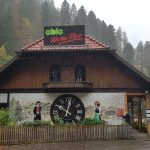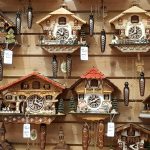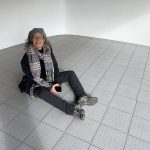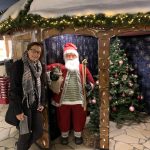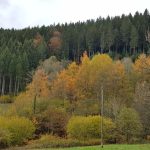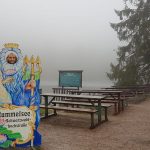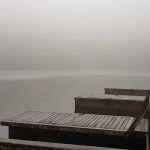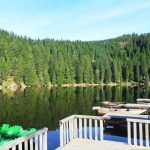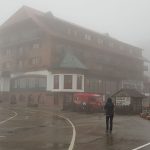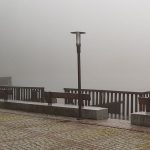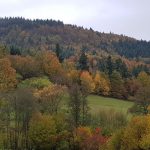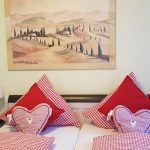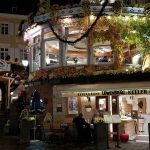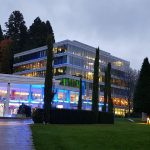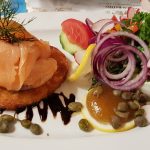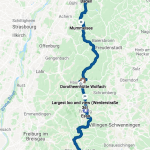Wednesday 6th November, 2019
Well today we woke to inclement weather, will it rain or not. Unfortunately yes.
We headed off in the rain on our drive through the Black Forest. We found the Worlds Largest Cuckoo Clock at Triberg which we paid 1 Euro to watch a couple of times, did a little shopping. Then we headed to the smallest Cuckoo Clock but parking was a problem, it was raining and it didn’t look like it was open so we moved on. Then to the World’s Largest Loo. This was a funny story. We just could not find it until we went inside a bathroom showroom which was where it was supposed to be located, the staff at the front desk seemed quite entertained and when you see the photos you will understand why. They sold very elegant bathroom fittings. Then to the Dorotheenhütte Glassworks which was really interesting watching the glassblowers at work making vases, glass Christmas baubles, etc. Next stop was the Open Air Black Forest Museum which was unfortunately closed. We then went to Mummelsee which was a little foggy. Then on to our home for the night in Baden-Baden and a visit to the Caracalla Thermal Springs which was heaven, we spent about 90 minutes changing pools, from 38°C to 30°C in the open night air. It was truly heaven and we left their floating we were so relaxed.
Throughout the day we kept searching for somewhere to have some Black Forest Cake in the Black Forest but that wasn’t to be until dinner tonight in our hotel which was a German Beirhaus as well.
The drive today was around many bends, winding roads to an elevation at Mummelsee of 1,124m above sea level. It was a pleasant drive even though it would have been made a lot easier in the dry and would have looked a lot more spectacular in the sunshine. But we can’t be too greedy we have been very lucky with the weather for this time of year.
Open Air Black Forest Museum – find out how people lived and worked in Black Forest farmhouses during the last 400 years. As well as six fully-furnished farmhouses from different parts of the Black Forest, the visitors will find a labourer’s cottage and about 15 outbuildings, such as mills, sawmills, storehouses, a distillery and a chapel, fields, kitchen gardens and a herb garden. The museum presents the many different faces of life in the Black Forest: its architecture, traditions, customs and trades, and the way people lived and farmed throughout the ages.
- In the the world’s largest cuckoo clock, found in Triberg, Germany, the cuckoo bird alone is 14 feet long and weighs 330 pounds. The whole thing is based on a much smaller cuckoo clock that is about 100 years old—the Triberg clock is simply scaled up. The bird in the clock weighs 150kg.
- Inside the shop at the World’s Largest Cuckoo clock they have many old style cuckoo clocks which make some beautiful music..
- ..and the modern style clocks, as well as many souvenirs, Christmas decorations and more..
- This was the loo we couldn’t find for looking, in the wall of the Duravit Bathroom Design building…
- ..inside and up a few flights of stairs I sat in the bowl of the World’s Largest Loo – and then look out at the view from the rim. It was quite amusing!!
- Inside the Christmas decoration section of the Dorotheenhutte Glassworks factory..
- ..The glass-works were founded by Ummo Barthmann and Dr. Kurt Petersen in Wolfach in 1947. The “Dorotheenhutte” is the only glassworks in the Black Forest where you can see how lead crystal is mouth-blown and hand-cut.
- The beautiful autumn leaves and pine trees of the Black Forest
- Lisa as King of the Mummelsee.
- The Mummelsee is a 17-metre-deep lake at the western mountainside of the Hornisgrinde in the Northern Black Forest of Germany. According to legends, the lake is inhabited by a Nix and the King of the Mummelsee. Unfortunately the vision is very poor today. Lucky we are not at Zugspitze today..
- ..The view we could have had of Mummelsee on a bright sunny day. Oh well. Maybe tomorrow.
- Heading in search of our Black Forest Cake lunch in Mummelsee..
- ..No black forest cake for lunch to be found here today, but in the time it took us to have a cuppa and pretzel, the view disappeared even more.
- As we descended the forest down towards Baden-Baden the fog lifted and we were able to enjoy beautiful views of the forest once more.
- I think we got the honeymoon suite tonight at Lowenbrau Bierhaus.
- Lowenbrau Bierhaus exterior in Baden-Baden.
- A visit to the Caracalla Thermal Spa at Baden-Baden. A very good bath at only 15 euro each.
- On more than 4000 m², the Caracalla Spa offers plenty of space for soothing relaxation and long bathing pleasure in the hot thermal water. The bathing area with its varied water areas and the Roman sauna area with outdoor area in the picturesque castle garden invite you to feel good.
- A lovely dinner of smoked salmon and salad..
- The shared dessert of the elusive Black Forest cake in the Black Forest.
- 166 km of winding roads through the Black Forest from Titisee to Baden-Baden.
